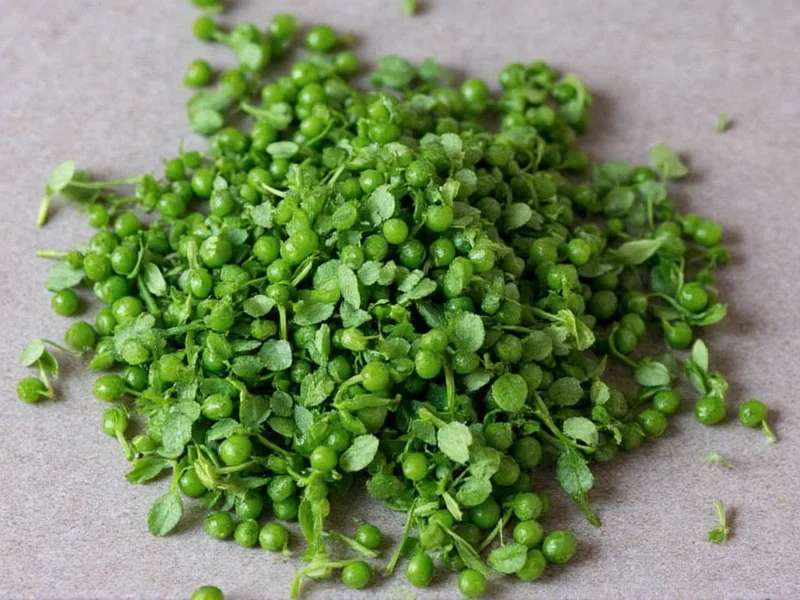Understanding Herb Savory: More Than Just a Name
When exploring what is herb savory, many home cooks and gardeners discover this versatile but often overlooked herb. Unlike its more famous relatives like rosemary or thyme, savory offers a unique flavor profile that enhances dishes without overpowering them. This comprehensive guide explores everything you need to know about this essential culinary herb.
The Two Main Varieties of Savory
Savory comes in two distinct varieties, each with its own characteristics and growing requirements:
| Characteristic | Summer Savory | Winter Savory |
|---|---|---|
| Botanical Name | Satureja hortensis | Satureja montana |
| Lifespan | Annual | Perennial |
| Flavor Profile | Milder, sweeter, with subtle citrus notes | Stronger, more peppery, with pronounced pine notes |
| Best Culinary Uses | Fresh applications, bean dishes, light sauces | Hearty stews, roasts, long-cooking dishes |
| Hardiness Zone | Not winter-hardy | USDA Zones 6-9 |
Flavor Profile and Culinary Applications
Understanding what herb savory tastes like helps explain its culinary value. Summer savory offers a delicate balance of peppery warmth with subtle citrus undertones, making it perfect for fresh applications. Winter savory delivers a more robust, pine-forward flavor that stands up well to long cooking times.
Chefs often describe savory as a combination of thyme and marjoram with a peppery kick. This unique flavor profile makes it particularly valuable in dishes where you want herbal complexity without overwhelming the other ingredients.
Traditional and Modern Culinary Uses
When exploring what is savory herb used for, you'll discover its longstanding role in European cuisine, particularly in:
- Bean dishes - Savory earned the nickname "bean herb" for its ability to reduce gas production while enhancing flavor
- Herbes de Provence - A key component in this classic French herb blend
- Stuffings and sausages - Adds depth without overpowering meat flavors
- Vinegar infusions - Creates flavorful bases for salad dressings
- Vegetable dishes - Particularly excellent with tomatoes, zucchini, and eggplant
Unlike many herbs that lose flavor when dried, savory actually intensifies in flavor when dried properly, making it valuable year-round for cooks.
Growing Savory in Your Garden
For gardeners wondering what does savory herb look like when growing, both varieties feature small, narrow leaves on woody stems. Summer savory grows to about 12-18 inches tall with delicate pink or white flowers, while winter savory forms a low, spreading shrub reaching 6-12 inches in height with darker green leaves and pink to purple flowers.
Savory prefers well-drained soil and full sun. It's relatively drought-tolerant once established and requires minimal care. The best time to harvest is just before flowering when the essential oils are most concentrated.
Savory Substitutes and Pairings
If you're searching for what to use instead of savory herb, consider these alternatives based on which variety you need to replace:
- For summer savory: A combination of thyme and a pinch of marjoram
- For winter savory: Extra thyme with a touch of rosemary
- Universal substitute: Equal parts thyme and marjoram
Savory pairs exceptionally well with garlic, onions, tomatoes, beans, lentils, and most meats. It's particularly valuable in dishes where you want herbal complexity without the strong pine notes of rosemary.
Nutritional Benefits and Storage Tips
While researching what is herb savory good for, you'll find it contains rosmarinic acid and other compounds with potential antioxidant properties. Traditional medicine has used savory for digestive support, though modern scientific evidence remains limited.
To preserve your savory harvest:
- Fresh: Store in a glass of water in the refrigerator for up to one week
- Dried: Hang bundles upside down in a dark, well-ventilated space
- Freezing: Chop and freeze in ice cube trays with olive oil
- Vinegar infusions: Create flavorful bases for dressings that last months
Common Questions About Savory Herb
As you explore what is herb savory in cooking, these frequently asked questions address common concerns:
What's the difference between summer and winter savory?
Summer savory (Satureja hortensis) is an annual herb with a milder, sweeter flavor profile featuring subtle citrus notes. It's ideal for fresh applications and light dishes. Winter savory (Satureja montana) is a perennial with a stronger, more peppery flavor with pronounced pine notes. It withstands longer cooking times and works better in hearty dishes.
Can I substitute thyme for savory in recipes?
Yes, but with adjustments. For summer savory, use thyme with a pinch of marjoram. For winter savory, use slightly more thyme. The flavor won't be identical, but thyme provides the closest approximation. Savory has a more peppery quality with less pronounced pine notes than thyme.
Why is savory called the 'bean herb'?
Savory earned the nickname 'bean herb' because of its traditional use in bean dishes. It contains compounds that help reduce the gas-producing effects of beans while enhancing their flavor. This dual benefit made it a staple in European bean recipes for centuries.
Does savory lose flavor when dried?
Unlike many herbs, savory actually intensifies in flavor when properly dried. The drying process concentrates its essential oils, making dried savory particularly valuable for winter cooking. For best results, harvest just before flowering and dry in a dark, well-ventilated space.
How do I grow savory successfully?
Savory thrives in well-drained soil with full sun exposure. It's relatively drought-tolerant once established. Plant seeds after the last frost for summer savory, or space plants 12-18 inches apart for winter savory. Harvest in the morning after the dew has dried for the most flavorful leaves.











 浙公网安备
33010002000092号
浙公网安备
33010002000092号 浙B2-20120091-4
浙B2-20120091-4